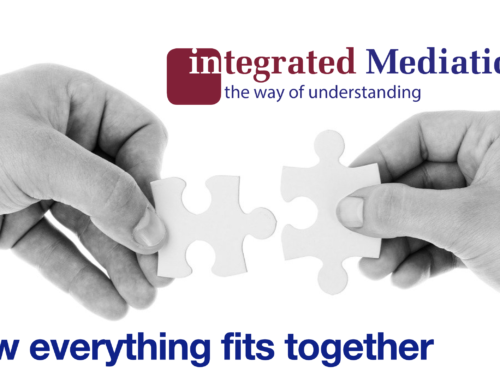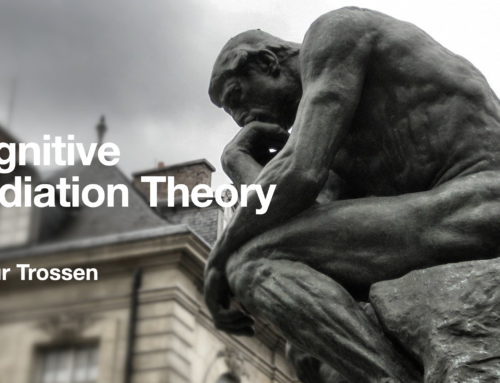Karl Kraus once said: “The opposite of good is not bad, but well meant.” The saying is also attributed to Kurt Tucholsky, who reportedly said: “The Opposite of Good is not meant evil but good.”
The proverb says that a bad act may be based on good intentions. It means that a bad result based on a good intention must not be meant to harm others. Somehow I became interested in that parable, and I started googling to it. Here I met with comments like: “Where good intentions had been exposed, I could see in each case the person only wants to comfort her/his own conscious”. The good intention is not always comforting others rather than oneself. Good intentions doesn’t help the victim. From the perspective of a victim it often sounds ridiculous to impose those good intentions. They do not heal the damage. So what is it good for rather than to reject the own responsibility?
I learned at a seminar with Gary Friedman and Jack Himmelstein a beautiful installation, where the good intentions and the bad actions have been represented by individuals. This image was to show that mediation is to work out the good intentions. They should become visible not instead but in addition to the bad actions. Now it is for the affected opponent unfortunately not always a comfort to hear about the good will behind. Mostly it will be commented with: “He is a liar”. Now there is a good intention needed for the victim to accept the good intention of the actor. What do we learn?
A good intention needs a good intention to become visible!
Psychologically seen, the halo effect meets the fundamental attribution error. Halo effect means: The actor makes the situation responsible for what happened. Fundamental attribution error means that opposite to that the observer attributes the charactor of the actor. Who of them is right?
The emphasis on good intentions solely is not convincing in phase three of the mediation process. With luck, the opponent will take note, but even in case s/he will do that, it will be with reservations. This shouldn’t irritate the mediator at all. When good intentions really existed, then he might trust, the actor will also have the intention of reparation. In mediation his authenticity will show up in connection with finding solutions. That happens in phase four. One can only hope that the opponent is staying long enough in that procedure to now learn about the truth and the effectiveness of intentions. Then s/he will learn that in fact a good intention might become a resource for new good options.





Leave A Comment
You must be logged in to post a comment.